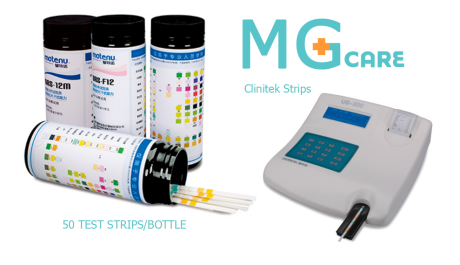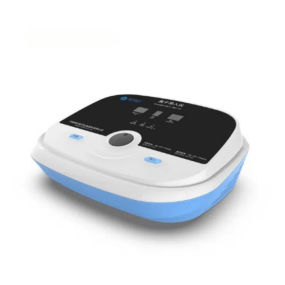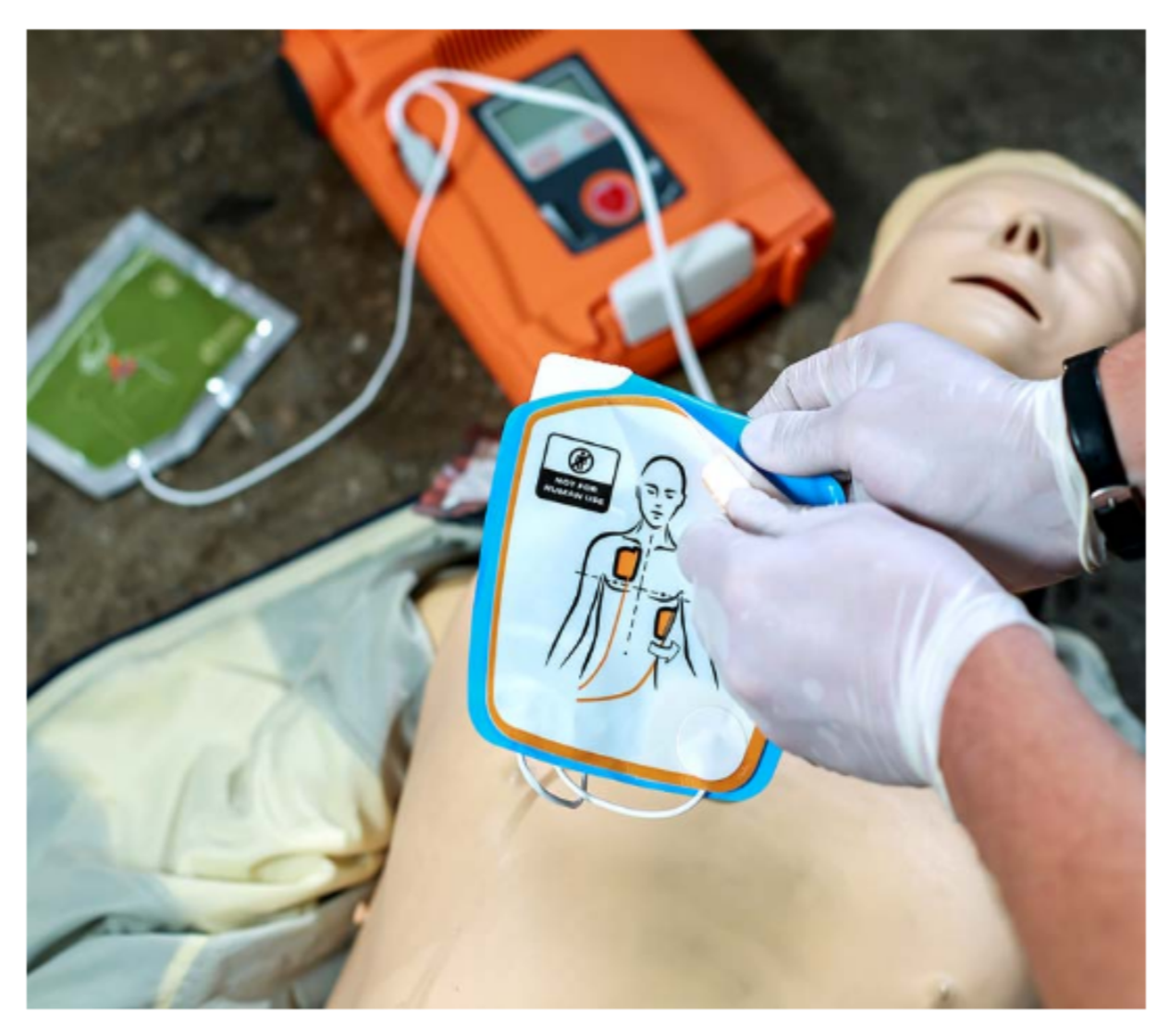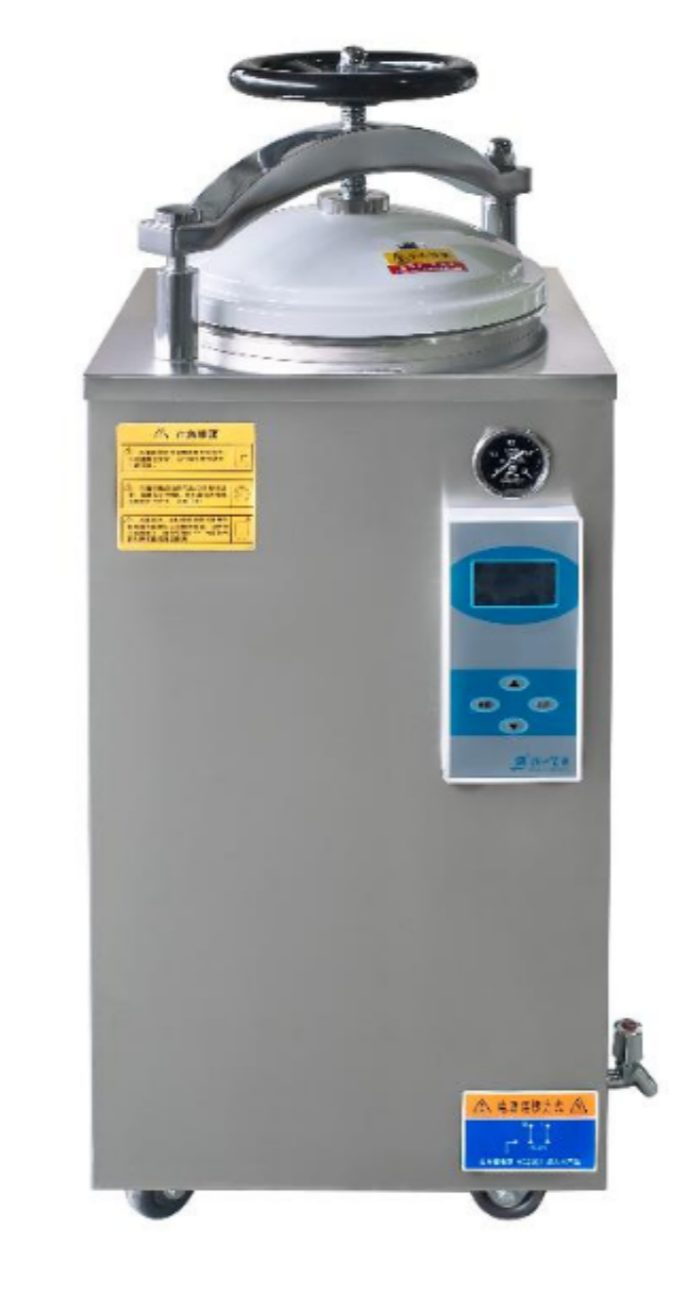Urine test strips are an important consumable used with urine analyzers to quickly check multiple chemical indicators in urine. A test strip usually has a plastic backing strip and several small reagent pads with different functions. Each reagent pad contains a specific chemical reaction system. When a target substance in the urine reacts with the chemicals, the pad changes color. The analyzer uses an optical system to read the color change and estimate a qualitative or semi-quantitative result.
Common test items include: PRO – Protein、GLU – Glucose、BLO – Occult blood、KET – Ketones、LEU – Leukocytes (white blood cells)、NIT – Nitrite、URO – Urobilinogen、BIL – Bilirubin、SG – Specific gravity、pH – Acidity/alkalinity.
The “Body Structure” of a Test Strip
Urine test strips have two main parts:
1.Plastic backing (plastic strip) – This is the “skeleton” or base of the strip, usually made from firm plastic material.
2.Reagent pads – Small square pads (usually 8–12 per strip). Each pad contains special chemical reagents for one urine component.
The “Color Change Magic” – Chemical Reactions
The urine strip test works based on color-developing chemical reactions. When a certain urine component (for example, glucose) meets the specific chemicals on the pad, oxidation-reduction or enzyme-catalyzed reactions happen. This makes the reagent pad change color. The depth of color is related to the concentration of the substance.
In hospitals, a urine analyzer uses optical sensors to read each pad’s color accurately and then converts it into test results.
Proper Storage Is Important
Test strips are sensitive to temperature, humidity, and light.Best storage temperature: 2–30 °C (do not freeze).Keep away from moisture and strong light.Open and close the bottle quickly to prevent moisture in the air from making pads react early.Using expired strips may give false-negative results because chemical activity decreases over time, even if the pads look normal.
A Fast Health Screening Tool
In just a few minutes, urine test strips can give multiple health indicators to help doctors quickly screen for urinary tract infections, diabetes, kidney disease, liver and gallbladder problems, etc.
However, strip tests are usually qualitative or semi-quantitative. Abnormal results should be confirmed by further microscopic examination or biochemical tests.
Different brands of analyzers usually have dedicated strips. Because the optical reading channels and color calibration curves are different, using strips from another brand may cause inaccurate results or machine errors.









